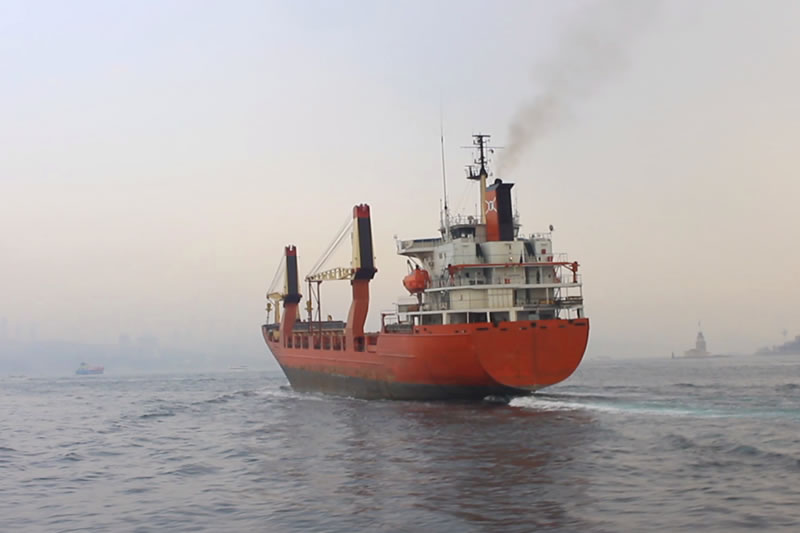How Do We Actually Decarbonise Maritime Shipping Activity?
7
To successfully decarbonise and mitigate climate change, industry stakeholders, governments, and regulatory bodies should collaborate and promptly establish a consensus on future regulatory frameworks and greenhouse gas (GHG) mitigation measures. Such regulations are governed by the International Maritime Organization (IMO), which has set short and long-term goals for the Marine industry, including ambitious net-zero emissions for the maritime industry.

The industry’s reliance on heavy fuel oils and other high-emission fuels exacerbates its environmental impact. Maritime, often regarded as the backbone of global trade, plays a significant role in the climate emergency. Accounting for almost 3% of total greenhouse gas (GHG) emissions globally, if the maritime industry were a country, it would be the sixth-largest emitter of greenhouse gases in the world. Countries or a group of countries such as the EU have independently implemented regulations that penalise ships for releasing GHGs within their waters (EU ETS, FUEL EU). The need to demonstrate environmental responsibility is key for today’s marine and offshore industries.
Charterers and the public demand high standards of performance and reliability. Fuels and exhaust gas emissions are also the subject of international, regional and national controls. The most significant is IMO MARPOL Annex VI – Regulations for the Prevention of Air Pollution from Ships, which also applies to mobile offshore drilling units and other oil industry platforms.
The most important gases in terms of emissions are currently sulphur oxides – SOx, and nitrogen oxides – NOx. Annex VI has a schedule for significant reductions in both over the next 5 to 10 years. The creation of Emission Control Areas and stringent limits on fuel sulphur content in port are challenging particularly for the shipping industry and its suppliers. Ship operators have near imminent decisions to make based on a complex set of circumstances and a fluid regulatory background. The penalties for non-compliance are potentially huge. Whilst the pace of change has created uncertainty and appears to have pushed the boundaries for some technologies, the Protea 2000 emissions monitoring system has been proven in long-term service onboard ship as a robust and reliable method of confirming compliance with emissions regulations.
Direct In-situ Shipping Emissions Measurement Attributes:
- One analyser measures multiple gases
- No requirement for extractive sample handling systems
- Auto-verification facilities
- Measurement of exhaust from residual and distillate fuel combustion
- High sensitivity at low levels
- User friendly display and secure recording of data from up to 6 analysers
- Multiple data outputs
#protea #emissions #monitoring #cems #ftir #gas #analysers #shipping #marine #carbon #capture
Other Articles
Global Underground CO2 Storage Data Offers Hope Amid Rising Emissions
01
IMO Postpones Adoption Of Global Net-Zero Shipping Framework
04
Pioneering Carbon Capture Projects Ready For Construction
03
Methanol & Ammonia Deemed Ready As Zero-Emission Shipping Fuels
01
Carbon Capture Storage Reaching A Turning Point In Decarbonisation
13
CCS To Capture 15% Of Shipboard Carbon Emissions By 2050
29
Global Shipping Industry Struggles To Navigate Net Zero Transition
21
Carbon Capture Surges as Economics Policy & Industry Demand Align
14
GHG Emissions At Ports On The Rise Despite Initiatives
07
Carbon Capture Utilisation & Storage In A Nutshell
30